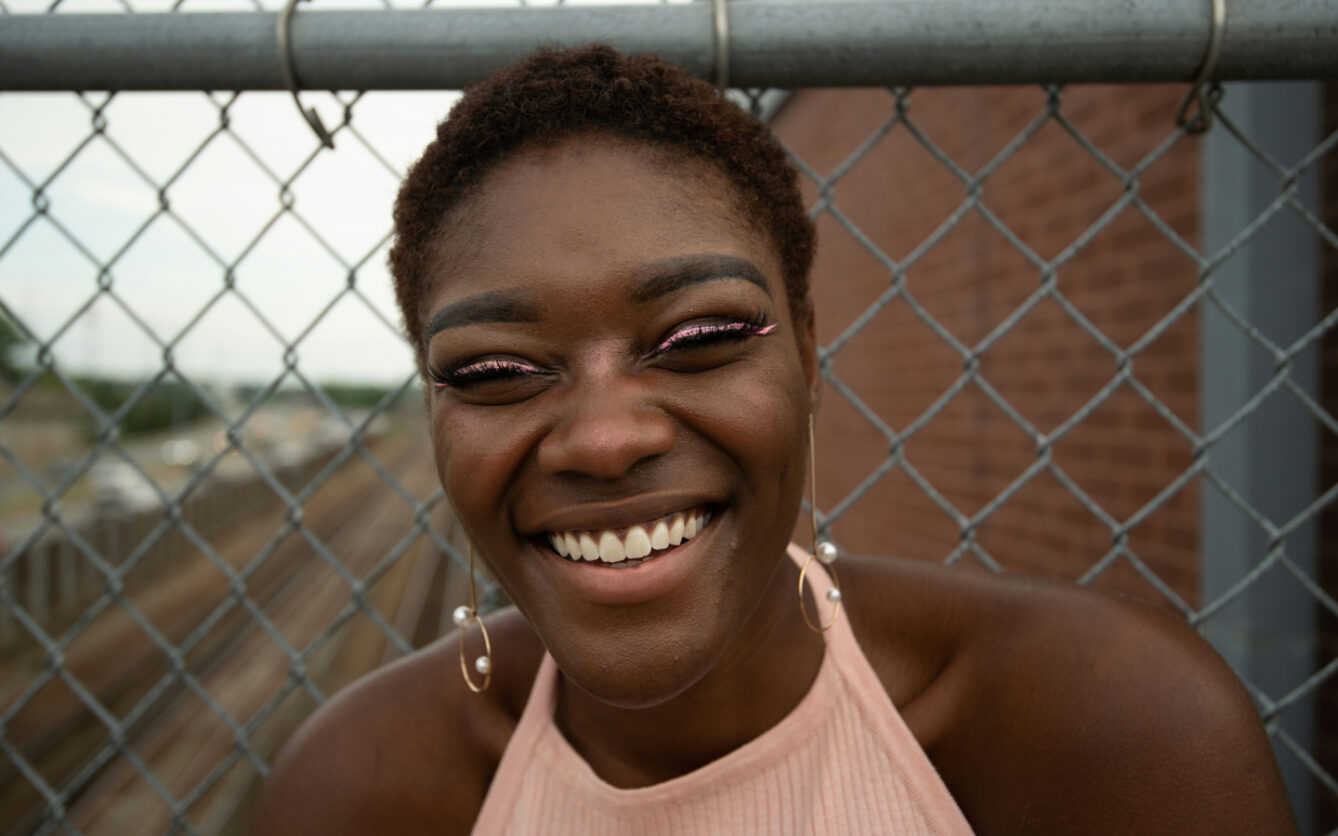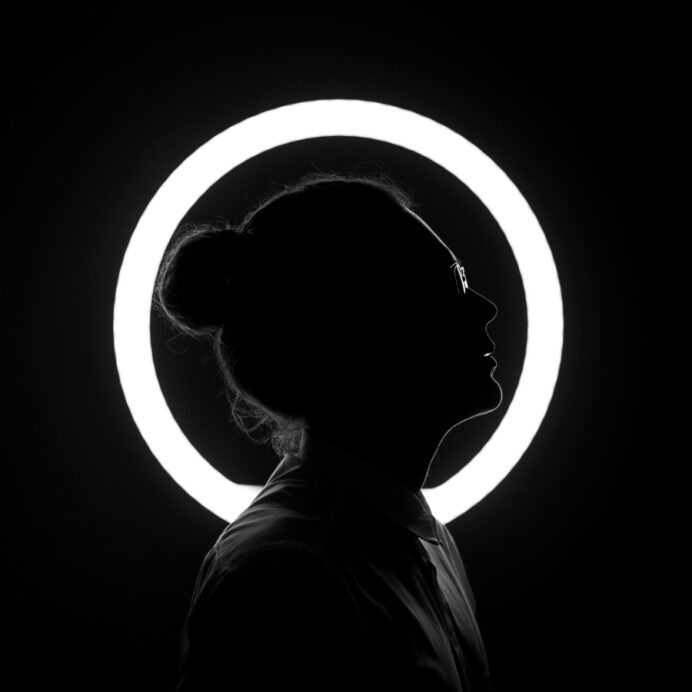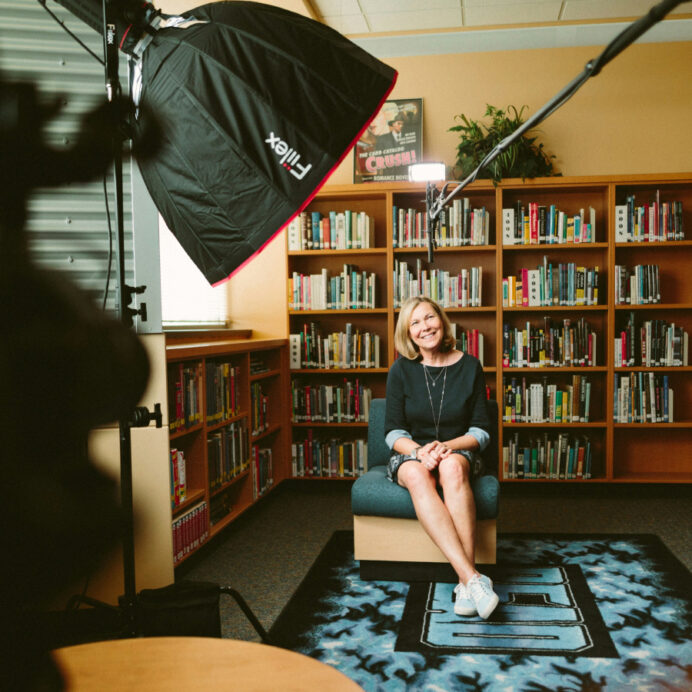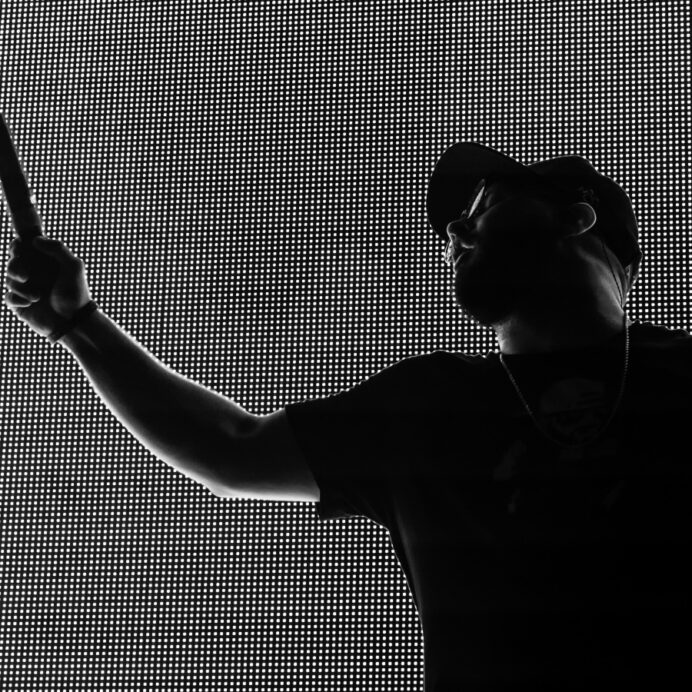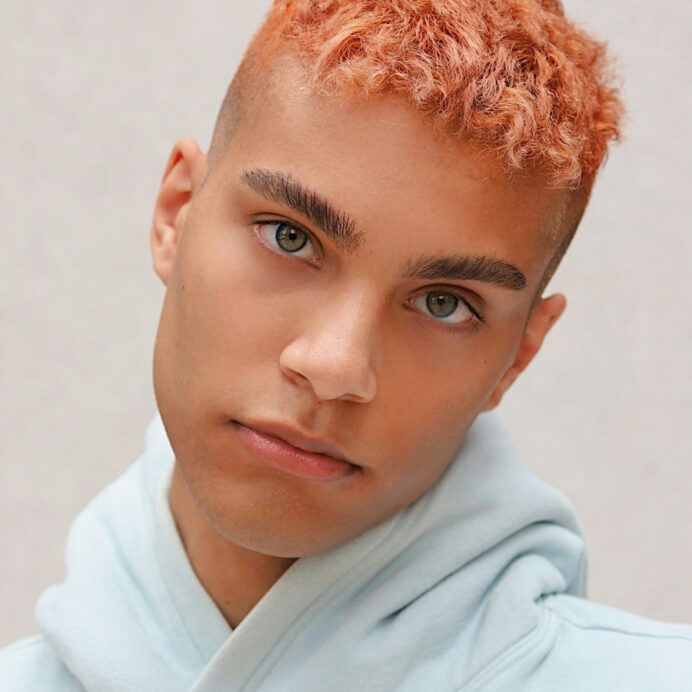Thinking /
Thinking
-
-
Four Ways to Make Your Creator Partnerships Work Harder in 2024
-
Google Trends Search Insights February 2024
-
Google Trends Search Insights January 2024
-
Surprise, It’s a Better Idea.
-
Adapting Public Relations Strategies for Remote Journalists
-
Trends and Takeaways from SXSW 2024
-
Four Tips for Creating Viral Influencer Content for Your Brand

